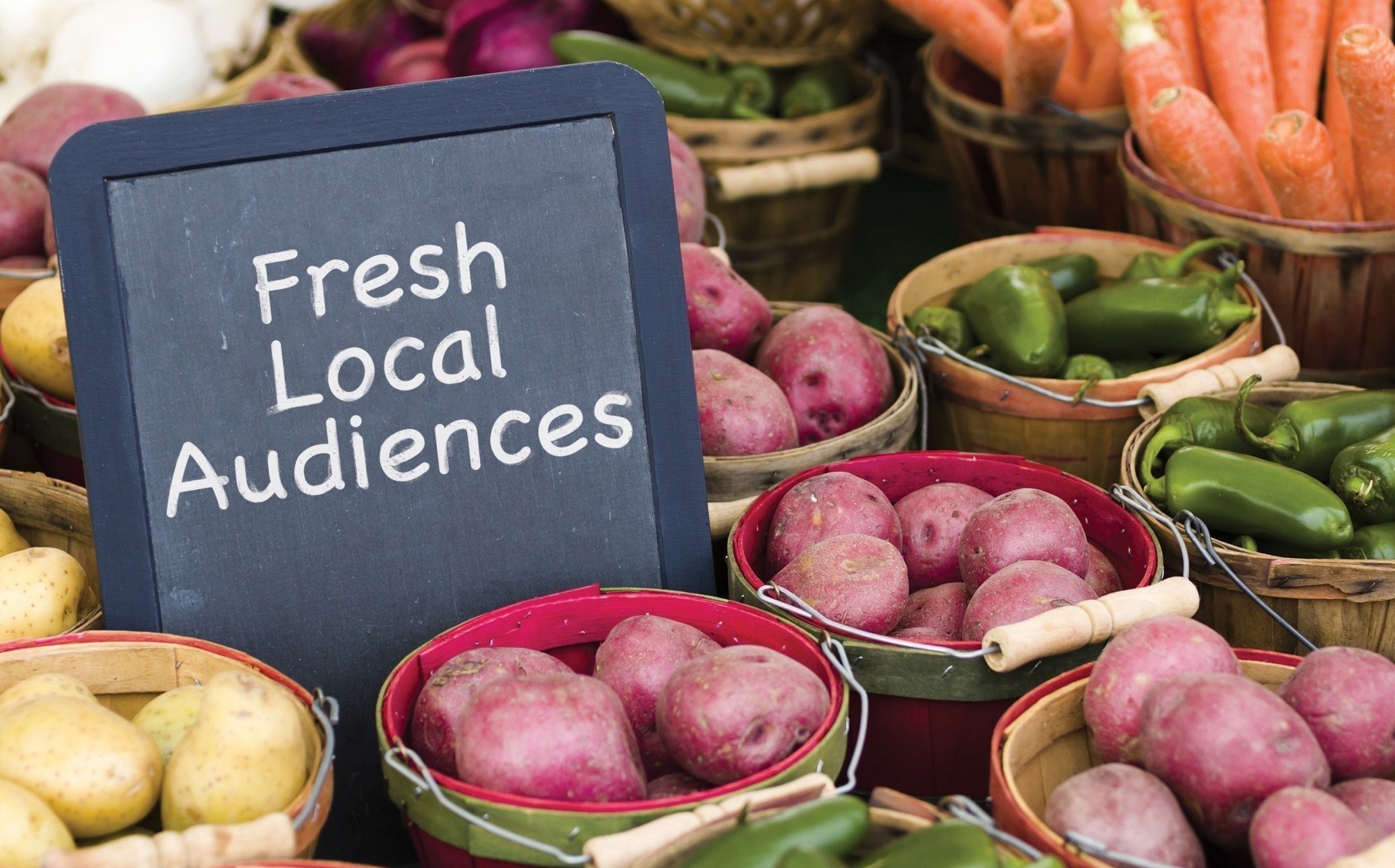The digital media space is often described as the “Wild Wild West” of media. Every day offers a new, different way to buy digital media. As online targeting gets more advanced, our perspective shifts towards buying a specific audience versus buying a particular site.
This shift is especially relevant when working with local businesses. Many business owners turn to local sites because they think it’s their only option. But it’s not! In fact, it’s one of the least efficient ways to reach their target audience. A network affiliate website or a local interest website often draws a large percentage of visitors from a different city, state, or country. It’s more eye-catching and unexpected to see a local business appear on a national site.
Instead of buying placement on a specific website, companies can now buy a specific audience based on age, gender, location and behavior. Behavioral targeting pays for impressions from a certain group of people, regardless of what site they are visiting.
Here’s a good example. A local jewelry store in Louisville wants to increase sales during the holidays by reaching young adults and middle aged adults with different creative messaging. The jewelry store can buy ads on local websites and rotate the creative messaging evenly. This direct-buy would deliver the wrong ads to users outside the target age range, as well as users outside of Louisville.
Instead, to avoid wasting impressions, you can use an audience buying partner like OOHology to develop specific audience segments and match those with targeted creative.
Here’s another example. The local jewelry store can target adults aged 18 to 34 who are likely to purchase jewelry within the next 30 days. Or adults aged 35 to 54 with a household income of $75K, who live in Louisville, Ky. Buying this way gets the local jewelry message in front of the right target audience, no matter where they are on the internet. Which will likely include most local websites.
Efficiency is another advantage to buying an audience instead of a website. Buying an audience offers a larger number of impressions at a discount. Many audience buying platforms have a real-time bidding model. Instead of paying a flat $5 cost per thousand impressions (CPM), the advertiser can bid on each individual impression and likely receive a much lower CPM.
The shift from buying a site to buying an audience is in full swing, but there is still a place in media plans for direct buys. Direct buys with local websites are a great choice to promote a retail store or restaurant grand opening. In that situation, aligning with a local news website conveys community loyalty. Another direct buy example is a large interactive unit or a homepage takeover. These typically need to be sold directly from the publisher.
Audience buying and direct buys aren’t an “all or nothing” proposition. They’re simply two different tactics you can employ in building an effective media plan, each with different strengths and weaknesses. When you bring your business goals to a professional media buyer, we can help you determine when to use each for maximum impact.
If you’ve got more questions about smart media buying strategies, send them my way.

